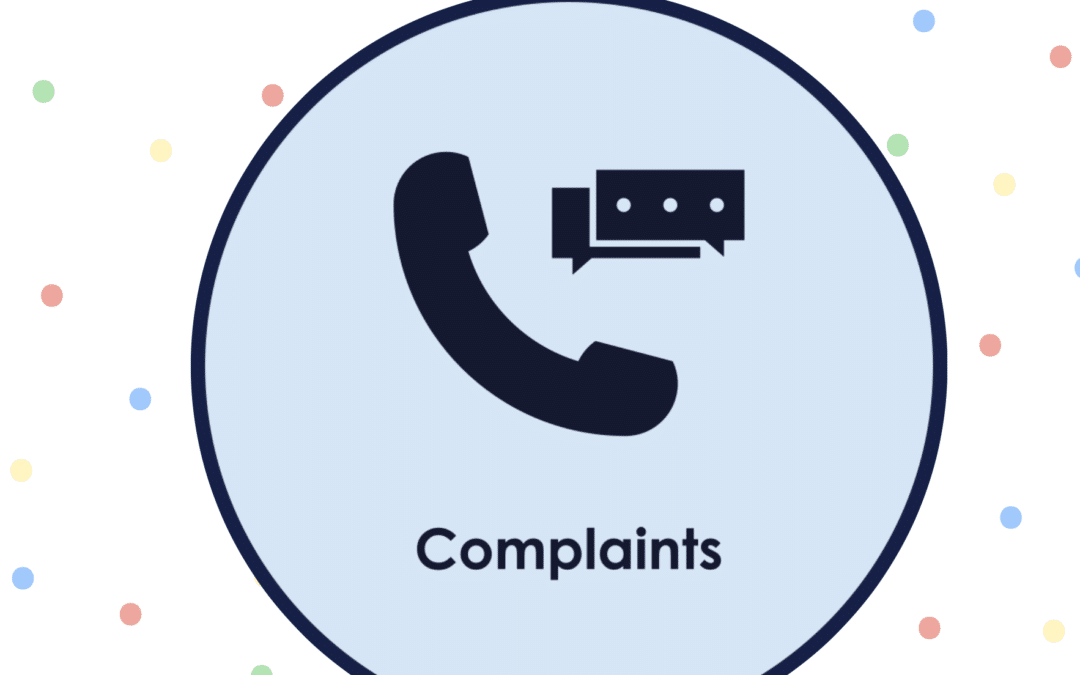Background:
As the property manager of an apartment community, you are dealing with a series of noise complaints from residents related to a common area issue. This exercise aims to enhance students’ critical thinking skills in resolving conflicts, addressing community concerns, and fostering a positive living environment.
Scenario:
Residents have been consistently filing noise complaints related to a common area within the apartment community. The common area in question is frequently used for recreational activities, gatherings, and events. However, the noise level has escalated, causing disruptions to neighboring residents, leading to complaints about sleep disturbances and a decrease in overall living satisfaction.
Critical Factors:
1. Identification of Noise Sources:
– Investigate and identify the specific sources of noise in the common area.
– Determine whether the noise is related to events, specific activities, or residents violating community noise policies.
2. Communication and Resident Concerns:
– Communicate promptly with residents affected by the noise.
– Address their concerns, gather specific information about the disturbances, and assure them that steps will be taken to resolve the issue.
3. Community Rules and Policies:
– Review and enforce existing community rules and policies related to noise levels.
– Clarify expectations for the use of common areas and the consequences for violating noise policies.
4. Collaborative Problem-Solving:
– Engage residents in finding collaborative solutions to the noise issue.
– Organize a community meeting or forum to discuss concerns, gather input, and develop strategies for noise mitigation.
Exercise Tasks:
1. Critical Thinking Analysis:
– In groups, analyze the critical factors listed above.
– Discuss potential challenges in identifying and addressing noise sources in a common area and the impact of noise complaints on the overall community.
2. Identification of Noise Sources:
– Develop a plan to identify and address the specific sources of noise in the common area.
– Discuss potential solutions, such as modifying event schedules, implementing soundproofing measures, or relocating certain activities.
3. Communication and Resident Concerns:
– Propose a communication plan for addressing residents’ concerns about noise disruptions.
– Consider the channels (emails, community bulletin boards, community meetings) and messaging strategies to effectively communicate with affected residents.
4. Community Rules and Policies:
– Outline a plan for reviewing and enforcing community rules and policies related to noise levels.
– Discuss how to communicate policy reminders and consequences to residents, emphasizing the importance of community cooperation.
5. Collaborative Problem-Solving:
– Develop a plan for engaging residents in collaborative problem-solving.
– Consider organizing a community meeting or forum to discuss concerns, gather input, and work together to find viable solutions to the noise issue.
Group Presentation:
Each group will present their plans to the class. Emphasize the critical thinking process and the rationale behind each proposed action. The class will engage in a discussion, providing feedback and suggestions for improvement.
This class exercise allows students to apply critical thinking skills in addressing noise complaints related to a common area issue. It emphasizes the importance of communication, collaboration, and enforcing community policies to create a positive living environment for all residents.


